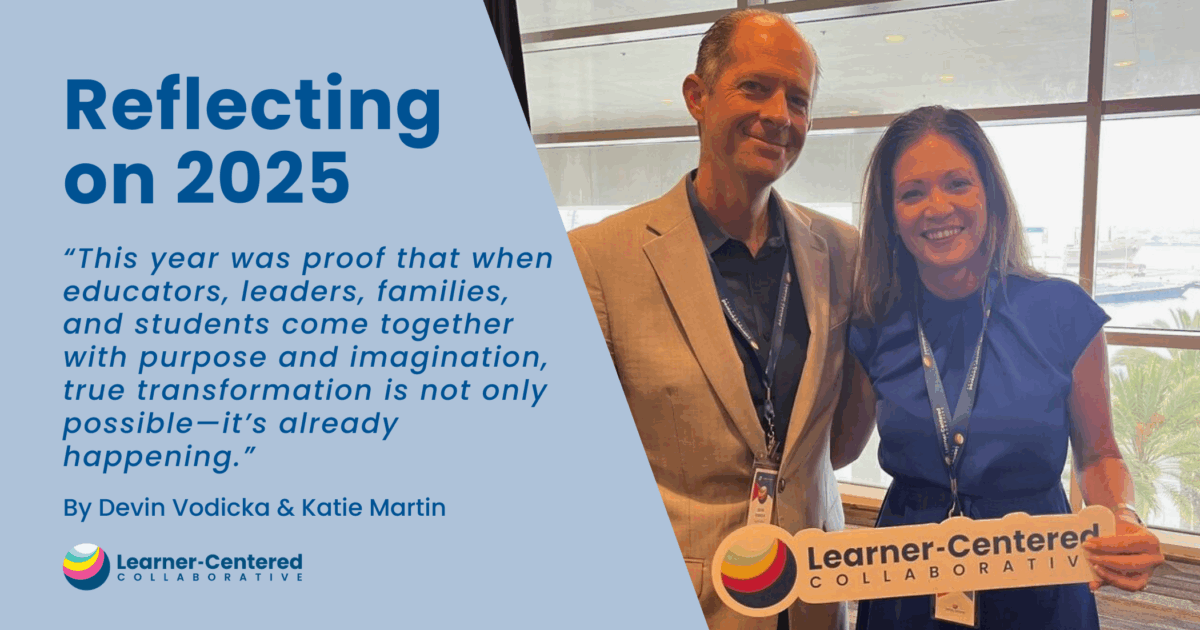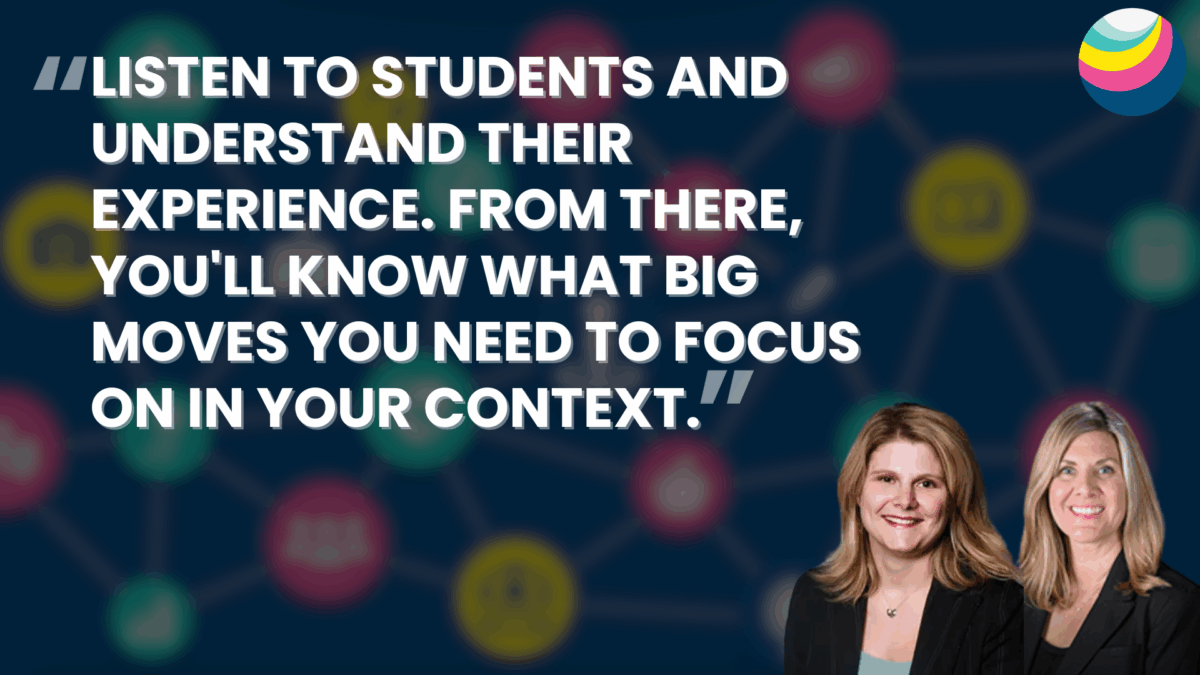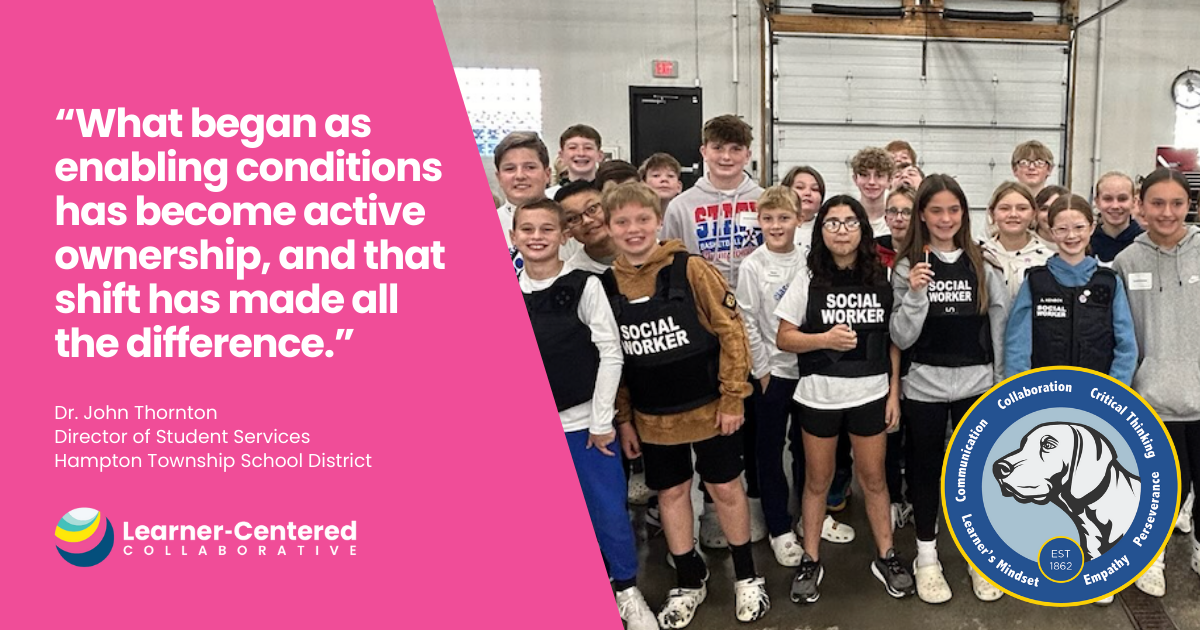3 Strategies to Transform Your School District Now
School leaders are often pulled in many directions and very frequently find themselves dealing with urgent situations that make it difficult to focus on sustainable, future-oriented efforts. This has led to a perception amongst district leaders that it is nearly impossible to transform a host of schools of varying complexions and configurations. In other words, the further one zooms out from the classroom, the more overwhelming the change process can appear.
And yet, I believe that the greatest risk for our learners arises from an educational experience that was designed for an industrial age that is long past. Teaching our kids to be compliant factory workers in an assembly-line model is not likely to prepare them for future success. The next transformation in public education will be to shift from mass production to mass personalization, and this new era will improve the quality and flexibility of experiences for all learners. Making this shift is a very complex and dynamic process of district-wide transformation, but I would like to offer three strategies that I found to be effective in approaching this monumental task.
Read more: What Is Personalized Learning?
1. Meaningfully Engage All Stakeholders
The first question that a leader should ask themselves (according to Margaret Wheatley) is, “Who cares?” This critical consideration is the most important in terms of setting the conditions for meaningful change. On broad topics such as the future of the school district, the list of those who care is extensive: students, families, teachers, neighbors, community leaders, local businesses, classified staff, certificated staff, administrators, elected officials, early education partners, higher education partners, health agencies, mental health service providers, transportation officials—the list goes on. For more focused topics, the list narrows, but is often still quite extensive. Representatives from each of these groups should be invited to participate in the transformational process.
As an example, when we began a strategic planning process in Vista Unified School District (which we called our Blueprint for Educational Excellence and Innovation), I used the analogy of modernizing my home as a way to illustrate why it is so important to include stakeholders. In my home improvement analogy, before I begin tearing out walls and reconstructing important areas such as the kitchen, I consult with those who are affected by the change; that would include my wife and children. In a school setting, we often neglect to get input from those most impacted by our well-intentioned efforts—more specifically, it is exceedingly rare that we engage learners in the process. If you are serious about meaningful transformation, there is no better way to ensure that your efforts are learner-centered than to engage learners, amplify their voice, and give them agency to be part of the improvement process.
2. Shift the Mindset from Challenge to Possibility
My experience has been that educational leaders are conditioned to look for deficits and focus on remediating those gaps. Practices like a “gap analysis” are common references to guide improvement efforts; evaluation systems are often designed to fortify areas of weakness; and accountability metrics tend to focus on showing underperformance or decline. While all reasonable approaches, the problem from a leadership perspective is that people aren’t inspired by a relentless deconstruction of underachievement. Given the complexities of our educational enterprise, focusing on problems can be a demotivating force that leaves hardworking, passionate educators feeling under-appreciated for all the good things they do on a daily basis.
Beginning with a different frame, one that focuses on what is going well and celebrates those successes, is a more effective strategy. Further, engaging with stakeholders and asking questions such as, “What is possible here?” is a way to stretch the collective thinking of those engaged in finding better ways to serve learners. Admittedly, these possibility-focused conversations can seem far removed from the realities of the moment, which can cause some head-scratching from those who are transfixed on the urgent challenges right in front of them. Yet, I have found that elevating the conversation to focus on bigger opportunities often helps those same individuals shift their thinking about how to approach those same issues. In addition, once a group converges on a common ground of possibility, it has the incredible effect of increasing the collective commitment to that aspiration.
3. Align Resources Around a Learner-Centric Vision
Involving stakeholders in a meaningful conversation about possibilities for the future is a wonderful way to create inspiration and catalyze the transformation process. Sustaining the effort is, in many ways, an even more daunting task that requires careful attention. This is the phase where alignment of resources to match needs is critical from a leadership perspective.
Resources are often construed to fit financial allocations, which are certainly an important consideration. Resources such as facilities and materials are essential, as are human resources such as time and expertise—particularly since education is such a people-centered enterprise. Finally, the most frequently overlooked resource is social capital, which emerges through patterns of interaction that help the physical and human resources flow where they can have the most impact. Attending to the relationships that form the foundation for ongoing change is perhaps the most significant resource consideration for those who seek transformation.
In the spirit of possibility and meaningful engagement, I invite you to engage others in conversations about what is possible for the future of learning and to mindfully ensure that resources are aligned to support those who are on the journey. Our learners are depending on us to lead the way, and paradoxically, we are stronger when we include them as architects of their own future. Imagine what we can do when all learners see themselves as full of possibility.
Learn more about how we have partnered with educators across the country to support the shift to learner-centered education.





